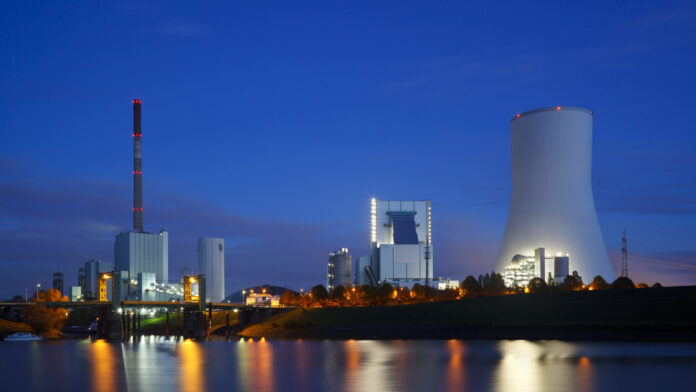By Frontpage Journal | Business & Energy
In a quiet but potentially transformative shift, the Asian Development Bank (ADB) is considering whether to revise its decades-old policy that prevents it from funding nuclear power projects. The move, reported by Financial Times and Reuters, reflects a growing global acceptance of nuclear energy as a viable pathway for low-carbon growth , and signals changing attitudes among Asia’s most influential development institutions.
A Changing Energy Landscape
For years, the ADB’s stance aligned with global hesitancy surrounding nuclear power, concerns about safety, cost, and radioactive waste kept it off many financing tables. But the energy crisis of the 2020s, coupled with rising climate urgency and technological advancements like Small Modular Reactors (SMRs), is forcing a rethink.
According to reports, ADB leadership is now actively reviewing this policy, especially after the World Bank recently ended its own ban on nuclear energy financing.
What This Could Mean for Asia
If the ADB goes ahead with lifting its nuclear restriction, it would allow the institution to support a new generation of nuclear projects, from feasibility studies to direct investment.
This could be a game-changer for developing countries struggling to balance climate commitments with soaring electricity demand.
In Southeast Asia, countries like Vietnam, Indonesia, and Bangladesh are already exploring nuclear options. For them, ADB involvement could reduce the financial and political risks associated with launching such long-term projects.

A Strategic Pivot
It’s not just about climate. Energy security is back in the spotlight. The war in Ukraine and its disruption to global gas markets have exposed vulnerabilities in fossil-fuel-dependent nations. Nuclear energy, for all its controversy, offers stable, long-term generation with minimal carbon emissions.
From a geopolitical standpoint, too, the West is increasingly encouraging multilateral development banks to engage in nuclear financing, to counterbalance the growing influence of China and Russia in global nuclear exports.
What About Sri Lanka?
While Sri Lanka has not formally pursued nuclear energy, the broader conversation is highly relevant. If the ADB greenlights nuclear funding, it could open doors for regional collaboration on regulatory frameworks, safety protocols, and energy diversification strategies.
With rolling blackouts, high diesel costs, and strained hydropower capacity in recent years, Sri Lanka may benefit from staying engaged with nuclear developments, even if only in an advisory or preparatory capacity.
The ADB’s potential shift on nuclear energy is more than a bureaucratic footnote. It’s a reflection of a world re-evaluating its tools for climate survival, and a signal that Asia’s energy future is about to become more diverse and strategically complex. For policymakers and energy planners across the region, this could mark the beginning of a new era.




